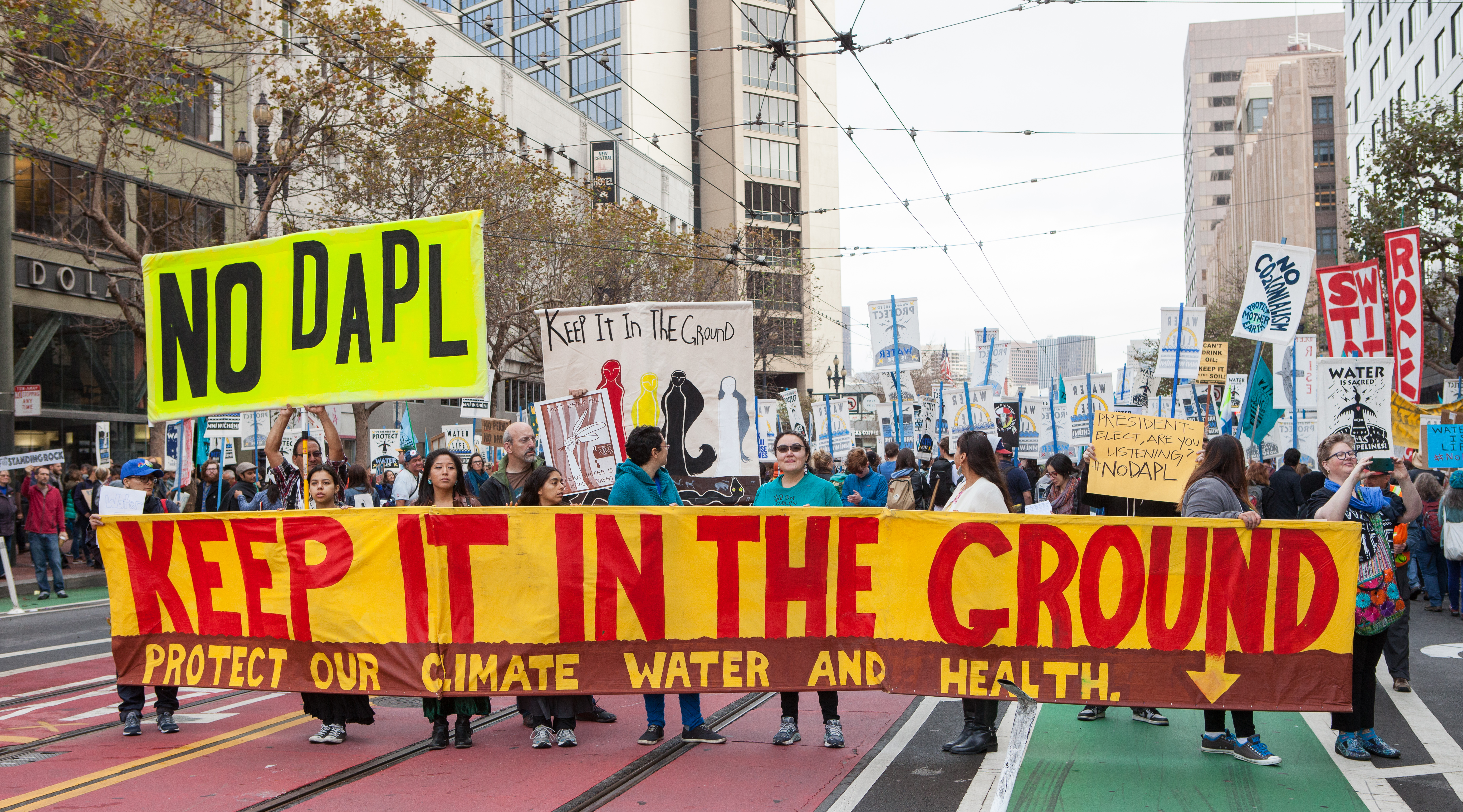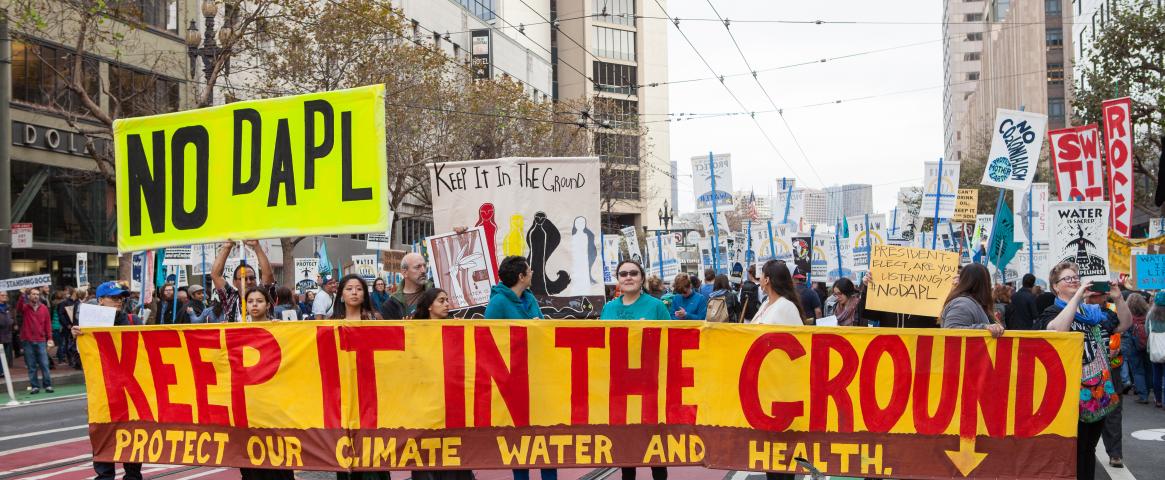By Alesandra Tejeda
“Chokes me up to think about it,” Don Steinke said. “It was a pretty phenomenal thing.”
Steinke is a 77-year-old climate activist from Vancouver, Washington. He’s talking about the night when the Vancouver City Council – after a seven hour meeting that lasted until 1:30 a.m. on June 1, 2014 – approved a resolution to oppose the Tesoro-Savage crude oil terminal. Planned for the banks of the Columbia River in Vancouver, it would have been the largest in the country, shipping on average four mile-and-a-half long trains a day of crude oil extracted from North Dakota.
Steinke and other opponents were concerned about the climate impacts of the facility. He said the council’s decision was crucial to Gov. Jay Inslee later rejecting the project in 2018.

Julie Carter, a policy analyst for the Columbia River Inter-Tribal Fish Commission, said after the Lac-Mégantic oil train disaster of July 2013 people in the community were more concerned about the possibility of an oil spill in the Columbia River. The tribes asked the commission to join them in opposing the Tesoro-Savage proposal.
Carter remembers the morning of June 3, 2016: she was filing legal paperwork for the Tesoro-Savage case when she found out an oil train had derailed in the Columbia River Gorge, exploding into plumes of smoke as several train cars caught fire and at least one released oil.
“I couldn’t believe it,” Carter said. Up to that point, the potential for an oil train to spill was abstract. She thinks that in many ways that helped them win the Tesoro-Savage case.
Steinke pointed to the preventative nature of the opposition, before the terminal was built, as the main factor that led to the successful rejection of the project. “That’s the key,” he said.
His insight speaks to a larger trend, according to an analysis of almost 3,000 environmental conflicts and movements in a study published this month in Global Environmental Change. The researchers found preventative action to be one of the main components that led to successful outcomes in grassroots movements. When movements were preventative, undesired projects were cancelled in 17% of all cases analyzed, about twice as often as when movements responded to a project that was either already implemented or had already caused damage.
Carter credits something else the study points to: a diversity of voices and strategies. While Carter was working on the legal side, the fight against Tesoro Savage brought together a coalition of activists like Steinke and organizations like Columbia River Keeper who worked with officials and changed public opinion and media perception of the project.
Daniela Del Bene, a researcher at the Institute of Environmental Science and Technology the Autonomous University of Barcelona, and a contributor to the study, said their findings stress the importance of diverse strategies for success -- that legal action, preventative action, and other strategies, are particularly successful when combined.
The study suggests understanding how environmental movements organize successfully is necessary to support them, because environmental activists face high risk of arrest, physical violence, and assasination. This risk increases when Indigenous people are involved, the study found.
She said this study contributes “to the global effort of many organizations to keep account of repression, criminalization patterns, and acts of direct violence” frontline activists face and can in turn help to support and protect them, especially Indigenous activists.
“We cannot disentangle social and ecological justice,” said Del Bene. “They have to go together.”
The cases analyzed in the study were compiled into the Environmental Justice Atlas, a publicly available database, a “collective memory of conflict,” said Del Bene. Researchers will continue collecting data and Del Bene hopes it will inspire future activists.
Steinke said seeing other activists succeed has inspired him.In 2013 he heard about how 2,500 people had shown up to a public hearing to speak against a coal terminal near Bellingham, Washington. The next day he signed up as a full-time Sierra Club volunteer, one of the main ways he was later involved in fighting the Tesoro-Savage project on the ground. “I had no idea that kind of public engagement was possible,” he said.
Alesandra Tejeda is a recent graduate from Colorado College. Though she studied environmental studies and journalism because she wants to be on the frontlines of reporting social and environmental issues, she’s simply a storyteller at heart. She’s using this time to focus on possibilities in our changing world and how we can seize momentum to make lasting impact.
This story was produced as part of NASW's David Perlman Summer Mentoring Program, which was launched in 2020 by our Education Committee. Tejada was mentored by Rachel Alexander.

